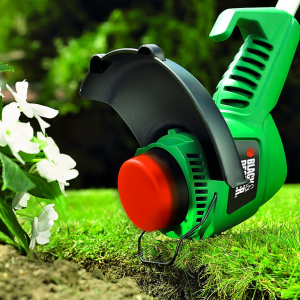Cultivators serve to explode and grinding the soil, to combat weeds and fertilizer. The choice of a specific model is carried out taking into account the complexity of the processed area, its area and the volume of planned work.
Handmade cultivator, despite the widespread mechanization, is still used where the wheel equipment does not pass through the dimensions. It is indispensable in narrow places of rosary, along the fences or on the Alpine slides. All hand-type cultivators are conditionally divided into three types:- Cultivators-rippers - adaptations with pointed curved teeth, fixed on the handles of various lengths - without difficulty "burglar" into the rammed crust of the Earth;
- Rotary cultivators - have a cutting mechanism in the form of sprockets or discs - capturing the soil, raise it and turn it along with weeds, but are suitable only for not strongly tough peel;
- Cultivators-root dealers - have long spiral teeth, which are screwed into the ground - comfortable in cultivation between rows, cut the roots of weeding herbs at a depth.
- Small - devices with an electric or gasoline low-power motor, are suitable for blasting a plowed soil and combating annual weeds;
- Average - models with powerful gasoline engines, capable of processing intact and turf surface without large roots and stones;
- Powerful - heavy motor-cultivators weighing more than 60 kg and with a capacity of at least 6 l / s.
Defined with the choice of cultivator, you need to know exactly the "spectrum" of its use. Middle power motor-cultivators are capable not only to become good helpers in their own farms, but also bring income when plowing small sections from neighbors or acquaintances. It is possible that the optimal option will be the acquisition of units of different class: small with electric drive for carcase and surface loosening, as well as the average gasoline unit for primary soil processing.



































